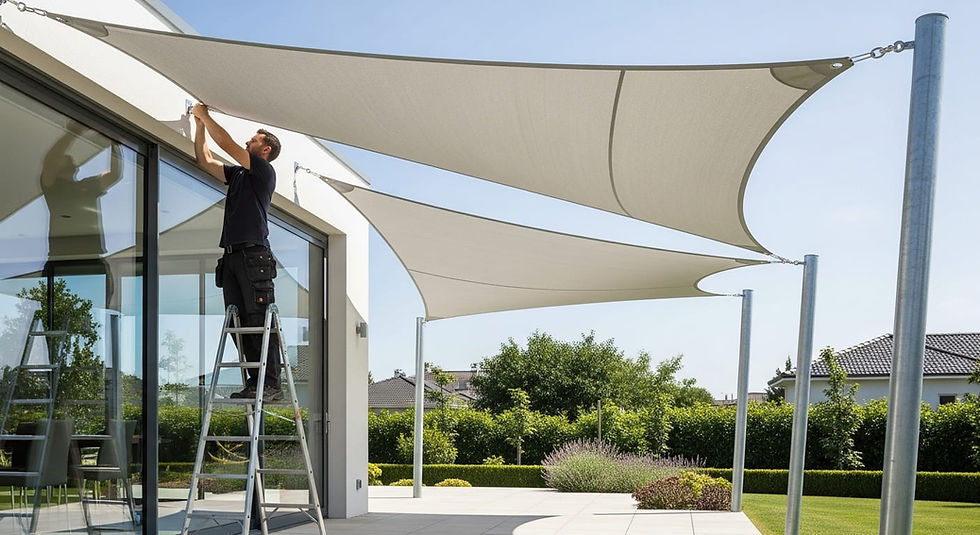Renovate Your House With Dropped Ceilings For A Bright Look And Style
- ameliya lanne
- Jul 22, 2015
- 3 min read
Updated: Sep 8, 2023
Everyone wants a beautiful home, undoubtedly. Interior decoration is always a major step in beautifying homes. Not just walls, ceilings are also equally important when it comes to decorating and designing. Dropped ceilings are gaining popularity as it helps hide unwanted wirings and pipes. Known as suspended ceilings, they are getting familiar for several reasons:
Easy to install
Available in different colors and textures
Easy access to pipes and wirings after installation
Sound proof
Resistant to bacteria and moisture
These ceilings are easy to install. DIY type ceilings are available in various styles to beautify your ceiling. Multiple cords and wirings that are hidden above this ceiling can be easily repaired when there is such a need. These ceilings are very useful in bathrooms where it helps in controlling moisture and humidity. Apart from being fire-resistant, these ceilings give insulating and cooling effects.
Steps to successfully install dropped ceilings
The steps to install these dropped ceilings vary with the manufacturer. The basic steps of installation are however the same. The steps are as follows:
Measurement of ceiling
Nailing wall angle for fixing
Lining up slots
Finish installing

An accurate measurement is always required for any type installation involving the process of drilling. Sketching and measuring the ceiling is the first step in installation. This gives a clear picture of how and where the ceiling is to be fit. Nailing wall angle to hide all the wiring or plumbing lines, lining up the slots for a final finish are the processes that follow. There are various tools that help in installing dropped ceilings successfully. To name a few: clamps, hammer, drill, tape, knife and screwdrivers. All these assist in re-decorating your house by hiding unwanted wiring and pipes that stand awkward, spoiling the real beauty of the interior.
Why choose dropped ceilings?
Dry wall ceilings are old-fashioned and do not go with contemporary homes. If you are planning to renovate your house, then dropped ceilings are the finest choice. It adds a classy look to your home, office or any other space. These are used to hide unwanted wiring and provides insulation as well. For locations that are affected by severe heat, these ceilings will be the apt solution, as they help bringing down your electricity bills and lessens natural and harsh heat. There are various types of dropped ceilings for one to choose. These are classified based on their needs and the expected final look of the ceiling.
Gypsum ceilings
Plaster ceilings
Fiberglass ceilings
Metal ceilings
PVC ceilings
If you want your ceilings to look like drywall, Gypsum ceilings are the best. They are the best for basements of your house as they are made of sheets. For office space, plaster ceilings can fetch a formal look. They are fine tiles that can be used as is or colored based on the existing décor. The least expensive ones are the fiberglass ceilings. These are economical, but worth the purchase. Metal ceilings are new additions that help in redefining your kitchen. PVC ceilings are another type of dropped ceilings that are available in different price ranges and help in hiding the wirings and pipes. Even though dropped ceilings are available in different textures, there are several ways to pep up the ceiling to make it look interesting and innovative. Painting is one way to give a contemporary look to your ceilings. After installing a ceiling, a spray paint can help you in giving a glossy look for your dingy ceilings for a bright and classy look. Above mentioned details help you to how to give bright look and style of your home with dropped ceilings. If want you know more info then please visit this link.



















Comments